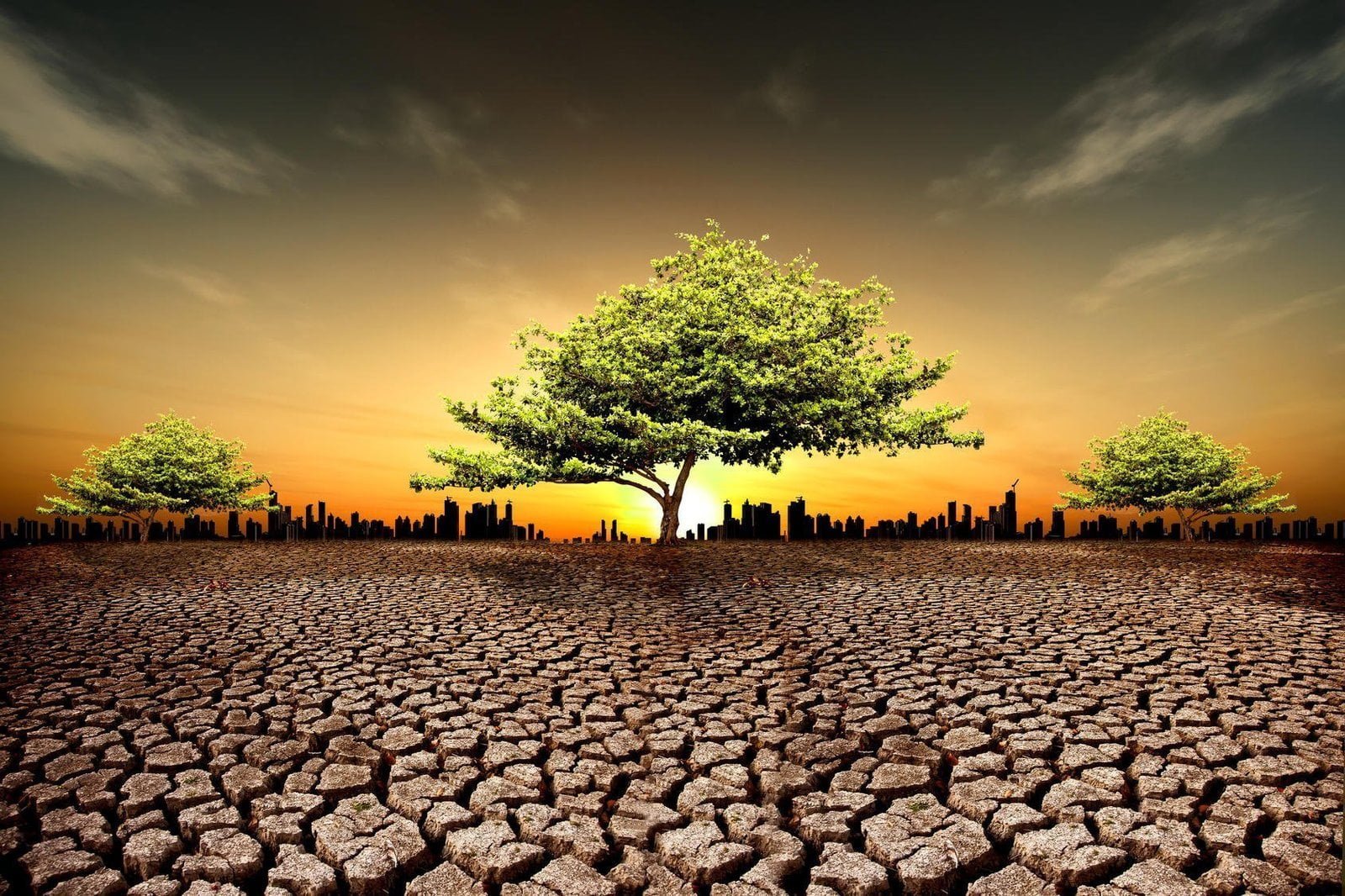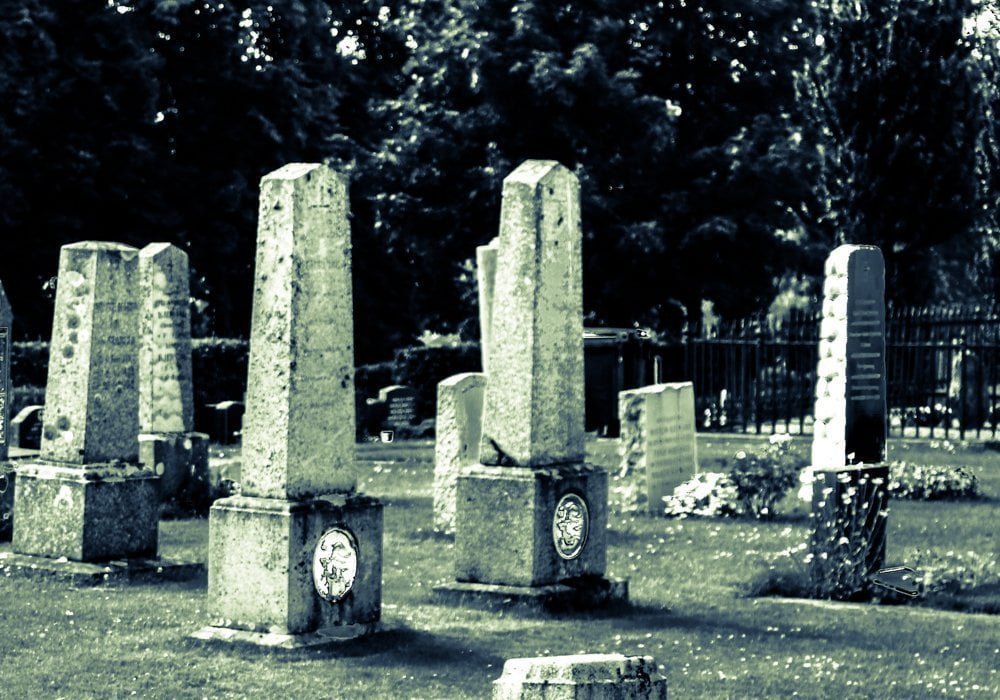Lorentz Diderich Klüwer: In 1815, Norwegian farmer and army officer Lorentz Diderich Klüwer published a pamphlet on practical farming. In this post, we retell some of his farming advice for the month of February. | Klüwer lived in Verdal, in the region of Trøndelag, and his teachings may be influenced by the local geography and climate. | When his pamphlet was first published, Norway had a population of around 900,000, with 90% still living in rural areas.
The winter fodder
In February, if you find that you have spent more than half of your livestock’s winter fodder, then buy more as soon as possible. Half the winter remains, with your livestock bound to their stables and sheds.
In this month, if the weather is mild, then be extra careful, as the winter is sure to return with all its might.
Broomsticks
As part of their evening chores, ask your male servants to make as many birch broomsticks as you need for the summer season – or order them from elsewhere. February offers the twigs with the best broomstick quality.
Store the finished broomsticks in a cellar, to ensure that they keep their durability and ability to bend.
Hay sledges
February is the best time to make and mend your summer hay sledges. During spring and summer, there will be less time for this kind of work.
Fishing gear
If you have access to places where you can catch fish, then mend and prepare your fishing gear now. Keep it ready for when the ice breaks.
Good milking cows
If you want the best of the best of dairy cows, then replenish your stock from the calves born in February or in early March. Especially those calves borne by young mothers, as they will give you the best yield.
Give the calves a decoction made from hay stewed and simmered with water: mix two-thirds of this liquid with one-third milk.
Now is the time to make malt
Malt made during February gives a pale and creamy beer.
Instead of waiting until March, you can just as well brew your summer beer now.
Mating the pigs
February is the best time to mate your pigs, as the late spring and summer offer the best conditions for the growth of the new-born piglets.
[A pig’s gestation period is 115 days. On the old Norwegian farm, the preferred time for most of the livestock to give birth was in the spring, so that the animals could make the most of the summer, feeding and roaming outdoors.]
Move the manure onto the fields
February is the month for moving the livestock’s winter manure out onto the fields.
Leave the manure in heaps placed on relatively flat surfaces, to avoid the manure’s valuable juices from running away with the melt water later in the spring. Mix in snow between the layers of manure.
Poles for fences and more
February is the best time to collect timber for pole making; poles to be used later in the year when building and mending fences – and poles to be used during the haymaking season and the grain harvest.
Shape the wood as required, including the one pointy end.
Just like in January, cut and prepare more of the firewood that you will need during the summer. Winter-cut firewood contains a minimum of sap and gives off more heat and burns longer.
sponsored link
Beware the wolves
Mid-winter is the time when the wolves are at their boldest and most dangerous when on the prowl for prey. So guard any outdoor animals carefully.
Stay healthy
Beware the cold, the frost, and the humidity of winter, as it can harm your health. Dress up in appropriately warm clothes – and keep your feet dry.
Do not leave the house in the morning until you have had something to drink or eat.
Alternatively – or in addition to – smoke some tobacco if you are used to it. This is a good and preventative remedy for the harmful gasses coming from the melting ice and snow.
If you set out to travel in the cold, drink some wine or beer before you go.
Do not rush to the fire
When you enter your house from the cold outside, then only slowly and gradually move closer to the fire.
If you approach the fire too quickly, the heat will push the cold inwards and may inflict upon you a cough, goat, and other diseases.
Open your windows
To stay healthy, furnish your windows with hinges, and – weather permitting – open the windows and the front door a couple of times a day. This lets the humid air out and allows fresh air to enter.
Nothing is worse for your health than the gasses appearing from wet floors, clothes drying by the fireplace, and the air coming from the people that are sleeping.
If you do not air your rooms properly, you may end up suffering from chest weakness, typhoid fever, headaches, weakness of the eyes, and you may die long before your time.
In addition to securing the welfare of your body, airing your rooms is also beneficial to your walls, lofts, furniture, and painted surfaces, which will last much longer.
In equal measure, air out also the winter quarters of your livestock.
Source: Klüwer, Lorentz Diderich. Bonde-Practica. Det kongelige norske videnskabers selskab 1815 – Kraftfornytt 1972. Nasjonalbiblioteket nb.no | EGP.00028











